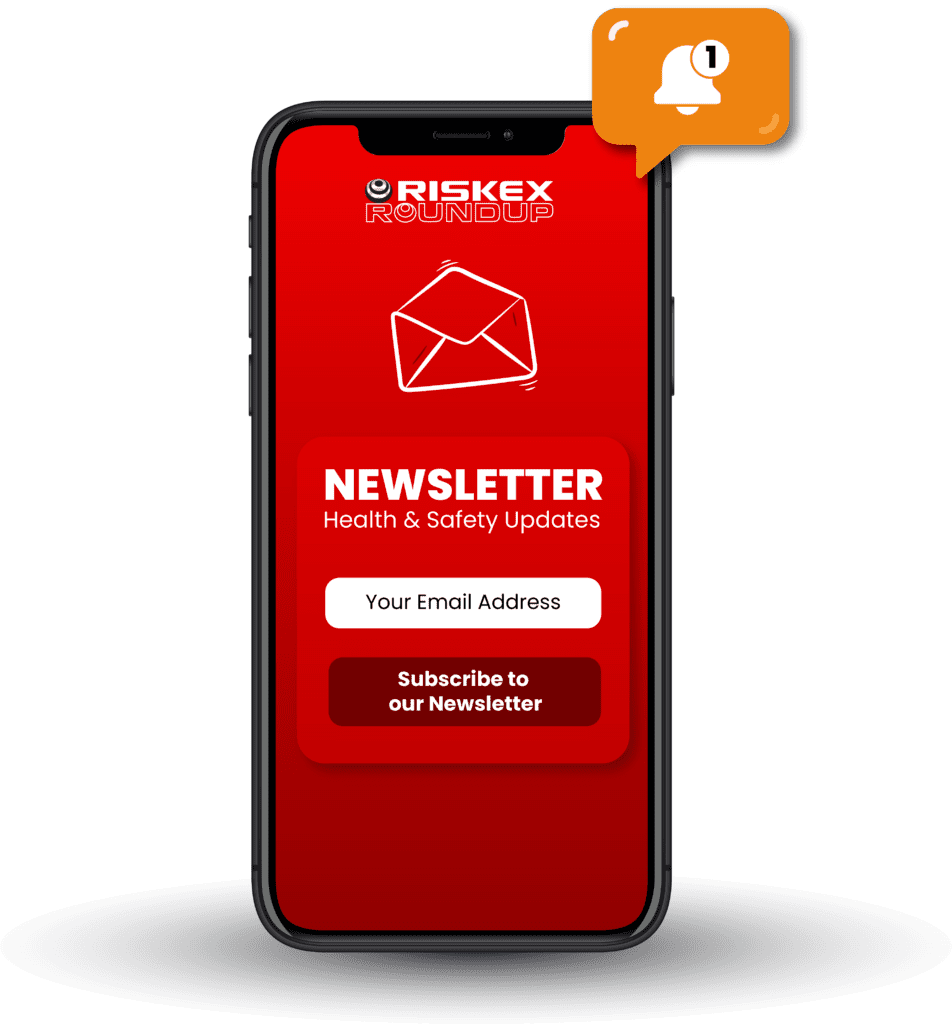It’s in everyone’s interests for business leaders to invest in health and safety and wellbeing, providing the right tools to empower their people, to foster the strong health and safety culture that employees deserve.
Employers may be unaware of the impact their safety culture has on their bottom line, and the simple solutions to improve it.
It’s clear to see how accidents that cause injuries, absence, compensation claims, and fines will be costly to a business, but it’s not always so clear to employers how poor safety culture can have a cost impact too. Employees that feel their safety is not a priority may suffer low morale, reduced productivity, and a high staff turnover, all impacting an organisation’s bottom line.
Across the UK, almost 700,000 people suffered a non-fatal workplace injury in 2019/20, while 142 were killed in 2020/21, according to the HSE (Health and Safety Executive). This is clearly devastating for workers and their families, but it also comes at a cost of £5.6billion per year to the wider community – individuals, employers, and the government, equating to around £1.7million per fatal injury and £8,800 per non-fatal injury.
Employers have a legal obligation to protect their people from harm, but this involves much more than merely filling out forms and ticking boxes. A strong safety culture, where everyone is self-aware and thinking about safe work practices to protect themselves and others, gives confidence that everyone can carry out their duties without being exposed to unnecessary risks.
There are many facets to safety measures, one example being choosing the right safety equipment. Physical barriers, for example, are a visible sign that organisations take their obligations seriously – but it’s important to choose ones that are easy to use and won’t leave staff feeling frustrated or worse still, reluctant to deploy them when needed.
Similarly, legislative compliance can seem onerous, so using tools that simplify and unify safety information, making it easy to share and act upon, means people will more willingly take on board the risk management message. People who understand and consistently follow best practice are more likely to perform well and take fewer risks. Similarly, someone who is engaged with company life is more inclined to follow health and safety rules, which is why it’s important that health and safety leaders provide tools to effectively communicate relevant messages.
Online health and safety management tools centralise an organisation’s risk data, empowering people to take responsibility and focus on where the safety priorities are. Placed in the hands of the workers that need it, an easily accessible, up to date online risk assessment for example, ensures they minimise risk, feel their safety is taken seriously by their employer, and gives them a sense of ownership and pride in a job well done. Completing these risk assessments via mobile devices and apps is another innovation that helps to make safety simple and accessible.
Given employee expectations around health and safety and wellbeing, any organisation that falls short is likely to experience high staff turnover, which affects their bottom line. As well as the recruitment costs of replacing someone, with the stress and time involved, as well as costs of re-training, employers also see skills, knowledge and experience walk out the door, which impacts productivity.
If senior management perceive health and safety to be merely a “box-ticking exercise”, then employees may inevitably see it as a “nuisance” and pay little attention to communications, which can have a devastating effect on the bottom line.






